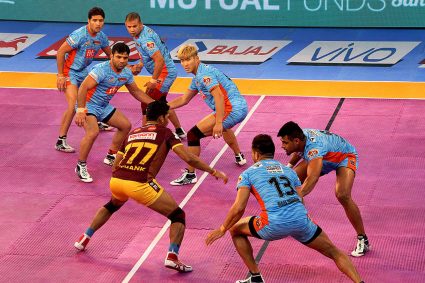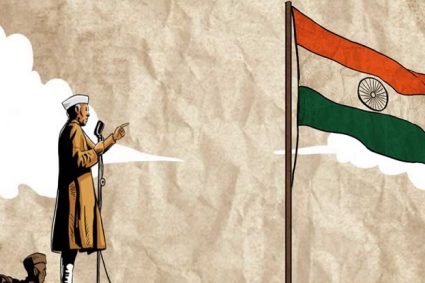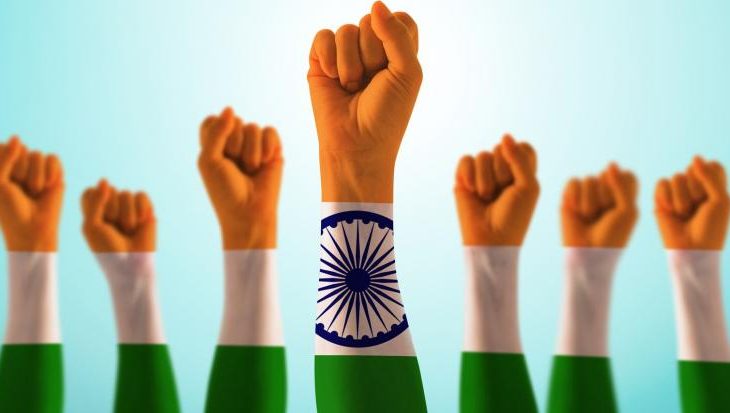
Hockey holds a special place in the heart of India, where it is not just a sport but an integral part of the nation’s sporting identity. With a storied history and a deep-rooted passion, India’s love affair with hockey has left an indelible mark on the global sporting landscape. In this article, we explore the remarkable journey of hockey in India, its glorious past, the challenges faced, and the unwavering passion that continues to drive the sport forward. India’s association with hockey dates back to the early 20th century when the sport found its way to the shores of the subcontinent during the British colonial era. In 1928, India made its Olympic debut in Amsterdam, and it was here that the nation’s remarkable journey of hockey excellence began.
The Indian men’s hockey team achieved an unprecedented feat by winning the gold medal in its maiden Olympic appearance. This triumph marked the beginning of a golden era for Indian hockey, as the team went on to dominate the sport in the subsequent decades. Between 1928 and 1956, India’s men’s hockey team won an astounding six consecutive Olympic gold medals, a record that remains unbroken to this day. This period is often referred to as India’s “Golden Age” of hockey, with legendary players like Dhyan Chand, Balbir Singh Sr., and Leslie Claudius etching their names in the annals of sporting history.
No discussion of hockey in India is complete without paying tribute to the wizardry of Major Dhyan Chand. Widely regarded as one of the greatest hockey players of all time, Dhyan Chand’s sublime skills and exceptional goal-scoring ability earned him the title “The Wizard.” During his illustrious career, Dhyan Chand’s remarkable goal-scoring feats astounded spectators and opponents alike. His masterful ball control, lightning-fast footwork, and almost telepathic understanding of the game set him apart as a true sporting legend. His contributions to Indian hockey remain unparalleled, and he continues to be an enduring source of inspiration for generations of aspiring players.
While India’s hockey dominance reached its pinnacle in the mid-20th century, the subsequent decades saw a decline in the team’s international performance. The emergence of strong hockey nations like the Netherlands, Germany, and Australia, coupled with the changing dynamics of the sport, posed challenges for the Indian team. Despite the decline, the passion for hockey remained undiminished in India. Hockey continued to be a popular sport at the grassroots level, with numerous young talents honing their skills in local fields and academies across the country. In recent years, Indian hockey has experienced a resurgence, with both the men’s and women’s teams making significant strides on the international stage. The establishment of structured training programs, improved infrastructure, and increased support from the government and private sector have played a vital role in this resurgence. India’s women’s hockey team, in particular, has seen a surge in success and popularity. The team’s spirited performances in major international tournaments have garnered widespread admiration and applause, inspiring a new generation of young girls to take up the sport.
The Hockey India League (HIL), launched in 2013, played a pivotal role in rejuvenating the sport and attracting global talent to India. The league, featuring franchise-based teams, provided a platform for top international players to showcase their skills alongside Indian talents. The HIL’s success not only contributed to the growth of hockey in the country but also helped raise the sport’s profile on the global stage. Additionally, the Pro League, initiated by the International Hockey Federation (FIH), has further accelerated India’s rise in world hockey. The league features the world’s top hockey-playing nations competing in a home-and-away format, providing Indian teams with valuable exposure and tough competition.
Despite the recent resurgence, Indian hockey faces challenges that demand attention and strategic solutions. The development of grassroots infrastructure and the identification and nurturing of talent at a young age remain essential to sustain the sport’s growth. Financial support and sponsorship are crucial to enable players to focus entirely on their training and preparation for international events. A professional and robust domestic league, akin to other prominent sports, can serve as a strong foundation for the future of Indian hockey. Furthermore, women’s hockey deserves continued investment and support to maintain its upward trajectory. The success of the women’s team has shown immense promise, and nurturing their talent will help create a more inclusive and competitive landscape.
Beyond the triumphs and challenges, what truly defines hockey in India is the unyielding passion and unwavering support of its fans. Hockey enjoys a devoted fan base in the country, with spectators filling stadiums and cheering passionately for their favorite teams. The sight of thousands of Indians coming together to rally behind the national hockey team is a testament to the sport’s enduring appeal and its significance in Indian sporting culture.
Hockey in India is much more than just a sport; it is a reflection of the nation’s spirit, resilience, and determination. From the euphoria of Olympic victories to the challenges faced along the way, hockey in India has weathered numerous storms, emerging stronger and more determined each time. As the sport continues to evolve and strive for greater excellence, the spirit of hockey will remain an inseparable part of India’s sporting identity. As new chapters are written in the annals of Indian hockey, the nation will continue to celebrate and cherish the sport that has captured the hearts of millions and inspired generations to dream of glory on the global stage.






















